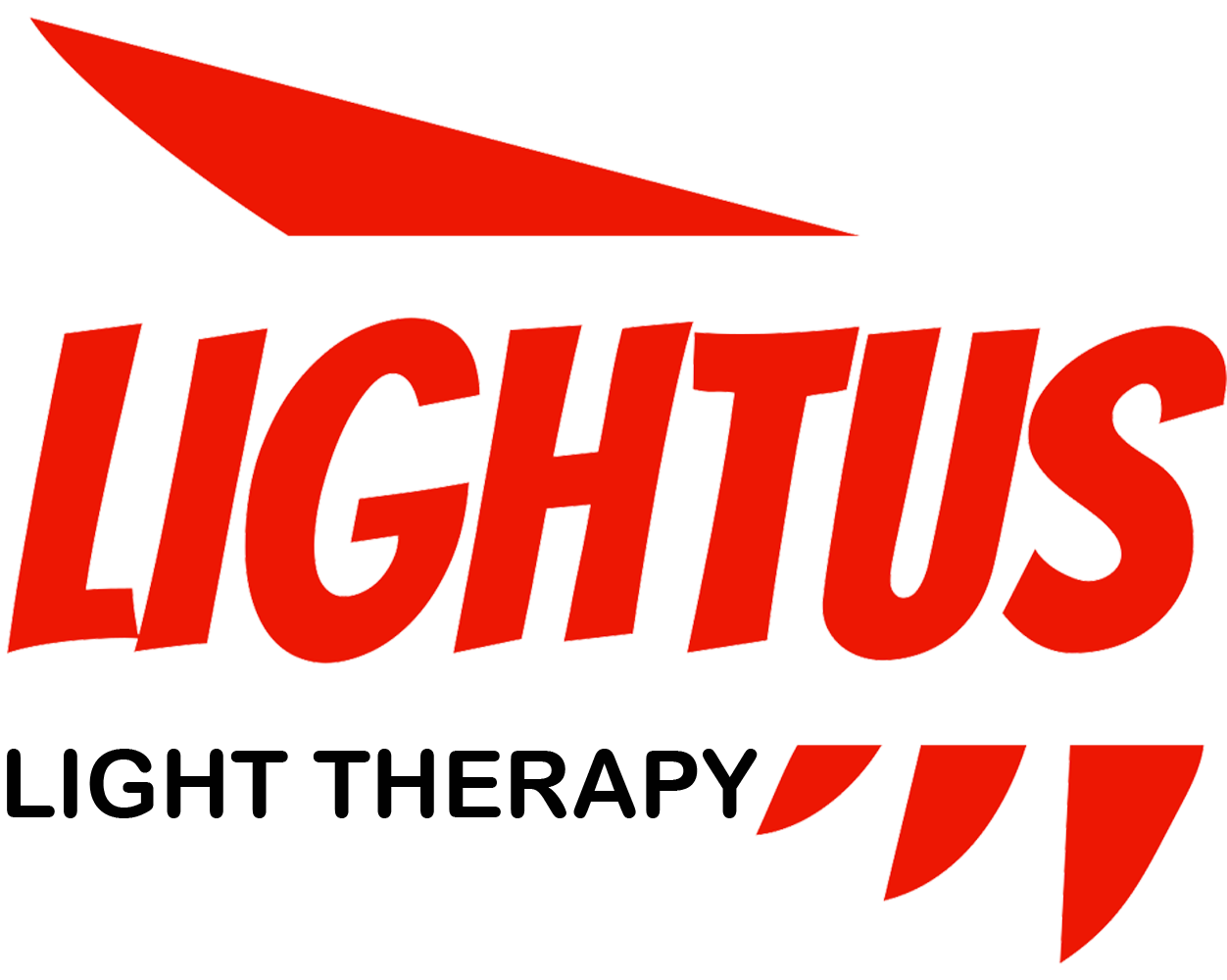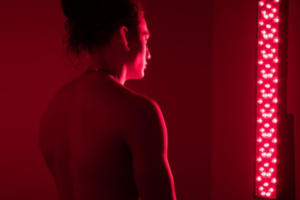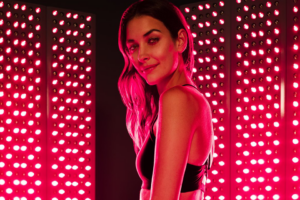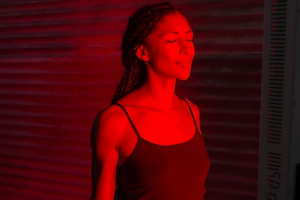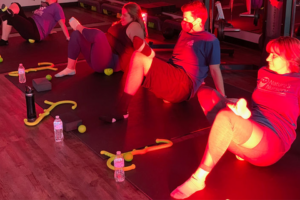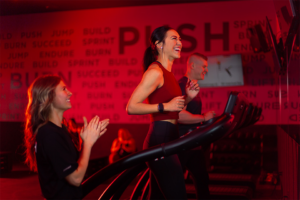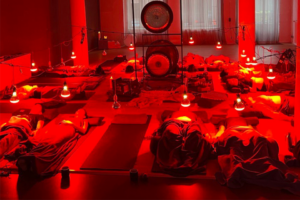Unlocking the Power of Red Light Therapy: A Comprehensive Guide to RLT Benefits and Uses

Red light therapy (RLT) has been gaining popularity as a non-invasive treatment for various health and wellness concerns. From skin rejuvenation to pain relief, this innovative therapy offers a wide range of potential benefits. In this comprehensive guide, we’ll explore how red light therapy works, its many applications, and how you can incorporate it into your wellness routine. Whether you’re new to RLT or looking to deepen your understanding, this article will provide valuable insights into this exciting field of photobiomodulation.
Table of Contents
What is Red Light Therapy and How Does It Work?
Red light therapy, also known as photobiomodulation or low-level light therapy, uses specific wavelengths of red and near-infrared light to stimulate cellular processes in the body. But how exactly does it work?The science behind RLT is fascinating. When your skin is exposed to red light wavelengths (typically between 630-660 nm) and near-infrared light (810-850 nm), the light penetrates your skin and is absorbed by your cells. This light energy is then used by the mitochondria – the powerhouses of your cells – to produce more ATP (adenosine triphosphate), which is the primary source of energy for all cellular functions.This boost in cellular energy can lead to various beneficial effects, including:
- Increased collagen production
- Reduced inflammation
- Improved blood circulation
- Enhanced tissue repair
It’s important to note that RLT uses low levels of light and doesn’t hurt or burn the skin. Unlike UV light, red light therapy is generally safe and doesn’t expose the skin to damaging UV rays.
What Are the Potential Benefits of Red Light Therapy?
Red light therapy has been studied for its potential to address a wide range of health and wellness concerns. Here are some of the most promising benefits:
- Skin Health: RLT may help reduce wrinkles, fine lines, and improve overall skin texture.
- Wound Healing: Studies suggest that red light therapy can accelerate wound healing processes.
- Pain Relief: Many people use RLT to manage chronic pain conditions.
- Hair Growth: Some research indicates that RLT may stimulate hair follicles and promote hair growth.
- Inflammation Reduction: The anti-inflammatory effects of RLT may help with various conditions.
- Muscle Recovery: Athletes often use red light therapy to speed up muscle recovery after intense workouts.
“Red light therapy is a promising treatment for a variety of skin conditions and other health issues. Its non-invasive nature and lack of significant side effects make it an attractive option for many patients.” – Dr. Michael Hamblin, Harvard Medical School
How Can Red Light Therapy Help with Skin Health?
One of the most popular applications of red light therapy is for skin health and rejuvenation. Here’s how RLT can benefit your skin:
- Collagen Production: Red light stimulates collagen production, which can help reduce wrinkles and improve skin elasticity.
- Inflammation Reduction: The anti-inflammatory effects of RLT can help with conditions like rosacea and eczema.
- Acne Treatment: When combined with blue light therapy, RLT can be an effective treatment for acne.
- Wound Healing: RLT can speed up the healing process of cuts, burns, and other skin injuries.
For those interested in exploring red light therapy for skin health, Therapy Red Light offers a range of devices suitable for at-home use.
Can Red Light Therapy Promote Hair Growth?
Hair loss is a common concern, and red light therapy shows promise in this area. Here’s what you need to know:
- RLT may stimulate dormant hair follicles, promoting new growth.
- It can increase blood flow to the scalp, potentially improving hair thickness and strength.
- Some studies have shown positive results for both men and women experiencing hair loss.
If you’re considering RLT for hair growth, devices like the LED Red Near Infrared Light Therapy Hat are specifically designed for this purpose.

How Effective is Red Light Therapy for Pain Relief?
Many people turn to red light therapy as a non-invasive option for pain management. RLT may help with pain relief in several ways:
- Reducing inflammation in affected areas
- Improving blood circulation
- Stimulating the production of endorphins, the body’s natural painkillers
For targeted pain relief, products like the Wearable Red Light Therapy Wrap can be particularly effective.
What Types of Red Light Therapy Devices Are Available?
There’s a wide range of red light therapy devices available for home use, including:
- Full-Body Panels: These large devices are designed to treat the entire body at once.
- Handheld Devices: Smaller, portable options for targeted treatment.
- Face Masks: Specifically designed for facial skin treatments.
- Caps and Helmets: Used primarily for hair growth treatments.
- Wraps and Belts: Flexible options for treating specific body areas.
When choosing a device, consider factors like treatment area, power output, and ease of use. Lightus Red Light Therapy offers a comprehensive range of RLT devices to suit various needs.
How Do You Use Red Light Therapy at Home?
Using red light therapy at home is generally straightforward, but it’s important to follow these guidelines:
- Choose the Right Device: Select a device that’s appropriate for your specific needs.
- Clean Your Skin: Remove any makeup or skincare products before treatment.
- Position Correctly: Follow the manufacturer’s instructions for optimal distance and positioning.
- Set the Timer: Most treatments last between 10-20 minutes.
- Be Consistent: Regular use is key to seeing results.
- Protect Your Eyes: While RLT is generally safe, it’s best to wear protective goggles during treatments.
Remember, results aren’t immediate – it may take several weeks of consistent use to see noticeable improvements.
Are There Any Risks or Side Effects of Red Light Therapy?
Red light therapy is generally considered safe with minimal side effects. However, it’s important to be aware of potential risks:
- Eye Strain: Always protect your eyes during treatments.
- Temporary Redness: Some people may experience slight redness immediately after treatment, which usually subsides quickly.
- Headaches: In rare cases, overuse may lead to headaches.
If you have any pre-existing medical conditions or are taking medications that increase light sensitivity, consult with a healthcare provider before starting RLT.
How Does Red Light Therapy Compare to Other Light-Based Treatments?
Red light therapy is just one of several light-based treatments used in skincare and medical settings. Here’s a quick comparison:
| Treatment | Primary Uses | Wavelength | Potential Side Effects |
|---|---|---|---|
| Red Light Therapy | Skin rejuvenation, pain relief, hair growth | 630-660 nm (red), 810-850 nm (near-infrared) | Minimal; generally safe |
| Blue Light Therapy | Acne treatment | 415-495 nm | Minimal; may cause temporary redness |
| UV Light Therapy | Psoriasis, eczema | 280-400 nm | Increased skin cancer risk, premature aging |
| Laser Therapy | Targeted skin treatments, hair removal | Varies | Potential for burns, scarring; requires professional application |
What Does the Research Say About Red Light Therapy?
While more research is needed to fully understand the extent of red light therapy’s benefits, many studies have shown promising results:
- A 2014 study published in Photomedicine and Laser Surgery found that red light therapy improved skin complexion and collagen density.
- A 2017 review in Seminars in Cutaneous Medicine and Surgery concluded that RLT has “an excellent safety profile” and is effective for a variety of skin conditions.
- A 2019 study in the Journal of Inflammation Research demonstrated the anti-inflammatory effects of red and near-infrared light.
It’s important to note that while these studies are encouraging, more large-scale clinical trials are needed to definitively prove the efficacy of RLT for various conditions.
Key Takeaways
To wrap up this comprehensive guide to red light therapy, here are the most important points to remember:
- Red light therapy uses specific wavelengths of light to stimulate cellular processes in the body.
- Potential benefits include improved skin health, pain relief, and hair growth.
- RLT is generally safe with minimal side effects when used properly.
- A variety of at-home devices are available, from full-body panels to targeted treatments.
- Consistency is key – regular treatments are necessary to see and maintain results.
- While research is promising, more studies are needed to fully understand the extent of RLT’s benefits.
As with any new treatment, it’s always best to consult with a healthcare professional before starting red light therapy, especially if you have any pre-existing health conditions or concerns.
Whether you’re looking to improve your skin health, manage pain, or explore cutting-edge wellness technology, red light therapy offers an exciting and potentially transformative option. As research continues to unfold, we may discover even more ways that this innovative treatment can enhance our health and well-being.
